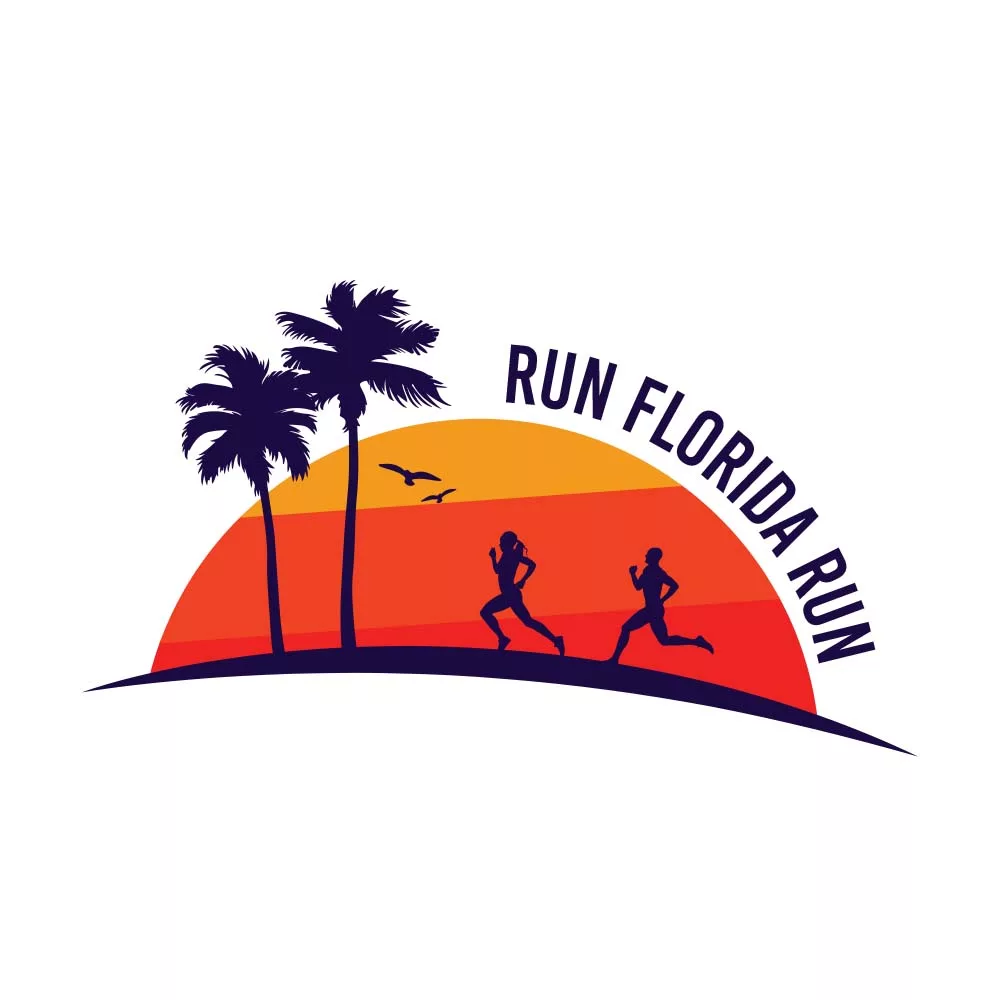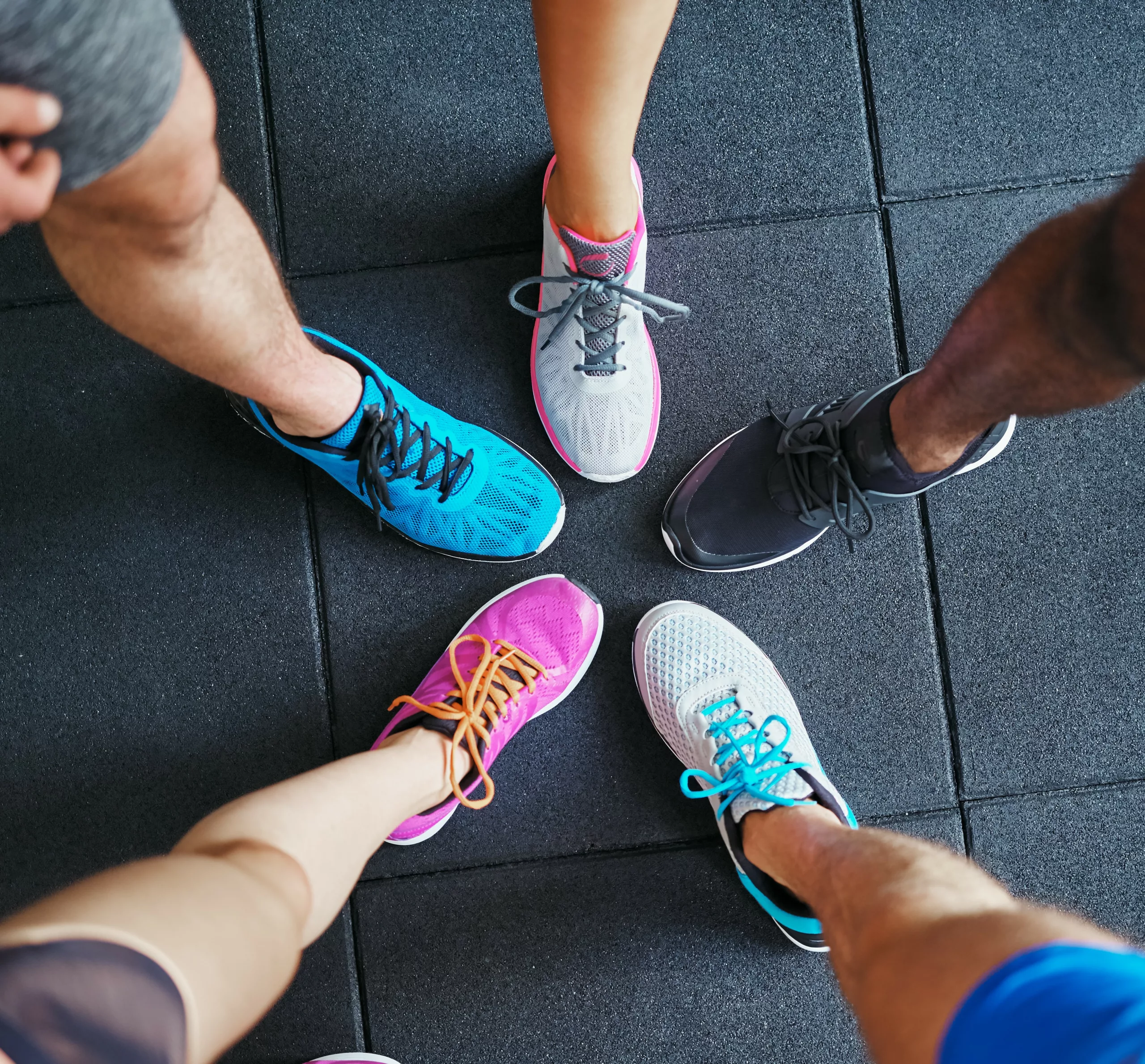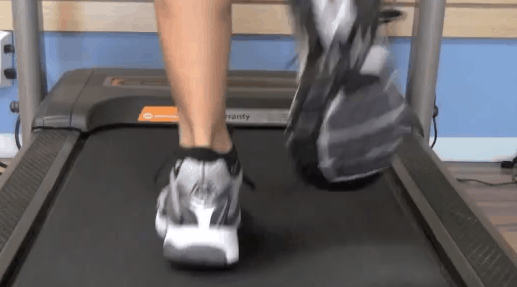As a runner, choosing the right running shoe is one of the most important decisions you can make. With so many options on the market, it can be overwhelming trying to decide which shoe is best for your individual foot type, running gait, training routine and goals. Selecting a shoe that matches your biomechanics and running needs can help enhance your performance, prevent injury and keep you hitting the pavement in comfort. This guide will outline the major categories of running shoes, the runners they are best suited for, and the key differences that set them apart.
Neutral Running Shoes
Neutral running shoes are designed for runners who have high arches and do not overpronate or underpronate significantly. Pronation refers to how the foot rolls inward upon landing – overpronation means the foot rolls in excessively while underpronation means it does not roll in enough. About 30% of runners have a neutral foot strike. If you have always been told you have “high arches” or do not need medial/lateral support, neutral shoes are likely the best fit. They provide overall cushioning and shock absorption without any added stability mechanisms.
Some of the key qualities of neutral running shoes are:
-
- Flexible midsole to allow natural pronation
-
- Full ground contact from heel to toe
-
- Lightweight materials for a responsive feel
-
- Moderate cushioning throughout the midsole
- No stability or motion control features
Popular models in this category from major brands include the Brooks Ghost, Asics Nimbus, Saucony Ride, and New Balance 1080v. The ideal runner for a neutral shoe has a medium to high arch type, runs smoothly without excessive or uneven impact, and strikes the ground near their mid-foot. These versatile shoes work for most training runs, long distances, and races.
Stability Running Shoes
Stability running shoes are engineered for runners who mildly overpronate and need some correction and support in their gait cycle. This includes runners who have moderate arches. About 70% of runners overpronate to some degree and can benefit from the structure stability shoes provide. Key features include:
-
- Moderate midsole cushioning
-
- Added support features such as midfoot shanks or guidance rails
-
- Dual-density midsole to control overpronation
-
- Stiffer heel counters for rearfoot control
-
- Flared shape for outward rollover clearance
Popular stability shoe models are the Asics GT 2000, Brooks Adrenaline GTS, Mizuno Wave Inspire, and Saucony Omni. The optimum runner for a stability shoe has a normal to flat arch, lands primarily on their heel, and experiences moderate inward rolling of the foot after impact. Stability shoes help guide the foot through a safer neutral path and decrease strain on feet, ankles, knees, and hips. They are ideal for regular training runs.
Maximum Support Running Shoes
Maximum support or motion control shoes are made for runners with flat feet who severely overpronate. This type of shoe offers firm control features to limit excess foot movement and provide maximum arch support.
Key characteristics include:
-
- Rigid midsole and stability elements
-
- Straight shape for forward propulsion
-
- Durable materials in heel and midfoot
-
- Flexion grooves for some natural foot movement
- Maximum rearfoot and midfoot control
Leading motion control shoe models are the Brooks Addiction Walker, Asics GT 2000 or New Balance 1340v3. Maximum support is recommended for runners with very low or collapsed arches who have poor alignment and rolling in of the feet, ankles and knees. These shoes reinforce proper foot positioning through the gait cycle to alleviate pressure on joints. Motion control shoes provide the most control and are preferred for severe overpronators running long distances multiple times per week.
Running Shoes for Supination
On the opposite end of the spectrum from overpronators are underpronators, or supinators. Supination refers to outward rolling of the foot after impact and is common with high, rigid arches. About 5% percent of runners underpronate.
Key qualities to look for in shoes for under-pronation or supinated feet include:
-
- Maximum cushioning and shock absorption
-
- Flexible curved last to enhance outward roll
-
- Deep heel cups for rearfoot stability
-
- Lightweight, well-cushioned midsole
-
- Minimal stability features
Top shoes in this category are the New Balance 1080v or Fresh Foam More v3, Asics Gel Nimbus, Hoka One One Clifton and Brooks Glycerin 19. Runners with supinated feet require well-cushioned shoes to compensate for the increased pressure and impact under the outer edges of their feet. Flexible, responsive cushioning helps encourage the natural outward roll of supinated feet. These shoes allow for comfortable mileage day after day.
Trail Running Shoes
In addition to the main road running categories, trail running shoes deserve special mention. Trail shoes are designed with grip, protection and stability features to provide traction and control on natural, uneven terrain.
Key qualities include:
-
- Rugged, grippy outsole with lugs
-
- Protective upper materials to shield from rocks and debris
-
- Stable platform to prevent rolling on uneven ground
-
- Rock plate for puncture protection from sharp objects
-
- Moderate cushioning for trail comfort and responsiveness
Top trail shoes are the Brooks Cascadia, Saucony Peregrine, Hoka Speedgoat and Altra Lone Peak. Trail runners should opt for shoes with adequate traction and foot protection for the type of trails they run most – from rocky technical trails to smooth dirt paths. The right trail shoe provides confidence and security when hitting the trails!
Training vs. Racing Shoes
An important distinction in running shoe type is between trainers and racing flats. Training shoes offer maximum comfort and protection for high-mileage training, long runs, and recovery days. Racing shoes are lightweight with minimal cushioning to provide explosive speed and performance for PRs and race day.
Ideal qualities in training shoes include:
- Versatile wear for various distances and paces
- Maximum cushioning and shock absorption
- Supportive fit for extended wear
- Durable materials that hold up to heavy mileage
- Moderate flexibility to accommodate different gaits
Racing flat characteristics are:
- Ultralight construction to minimize weight
- Low-profile, responsive midsole for speed
- Minimal upper for breathability and flexibility
- Limited cushioning for ground feel and efficiency
- Traction plate for grip at faster paces
- Snug performance fit to reduce slippage
While training shoes can certainly be raced in, racing flats are optimized for speedwork, track sessions and hitting PRs on race day. They generate quicker turnover for a fast, powerful stride. Determine your training and racing needs as you choose between more cushioned trainers and lightweight racers.
Putting It All Together
With an understanding of your gait, foot type, mileage and running needs, you can narrow down the overwhelming shoe options into the ideal pair. Be sure to get properly fitted at a specialty running store for professional recommendations based on your unique biomechanics. Switching between varying shoe types based on the purpose of each run will keep you performing your best while staying injury-free. Happy running in your perfect pair!



